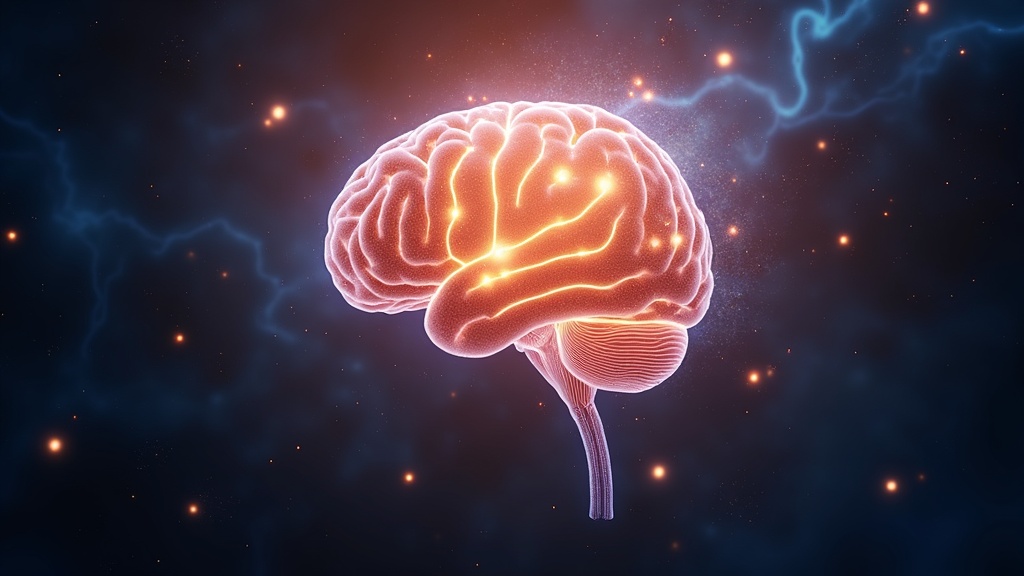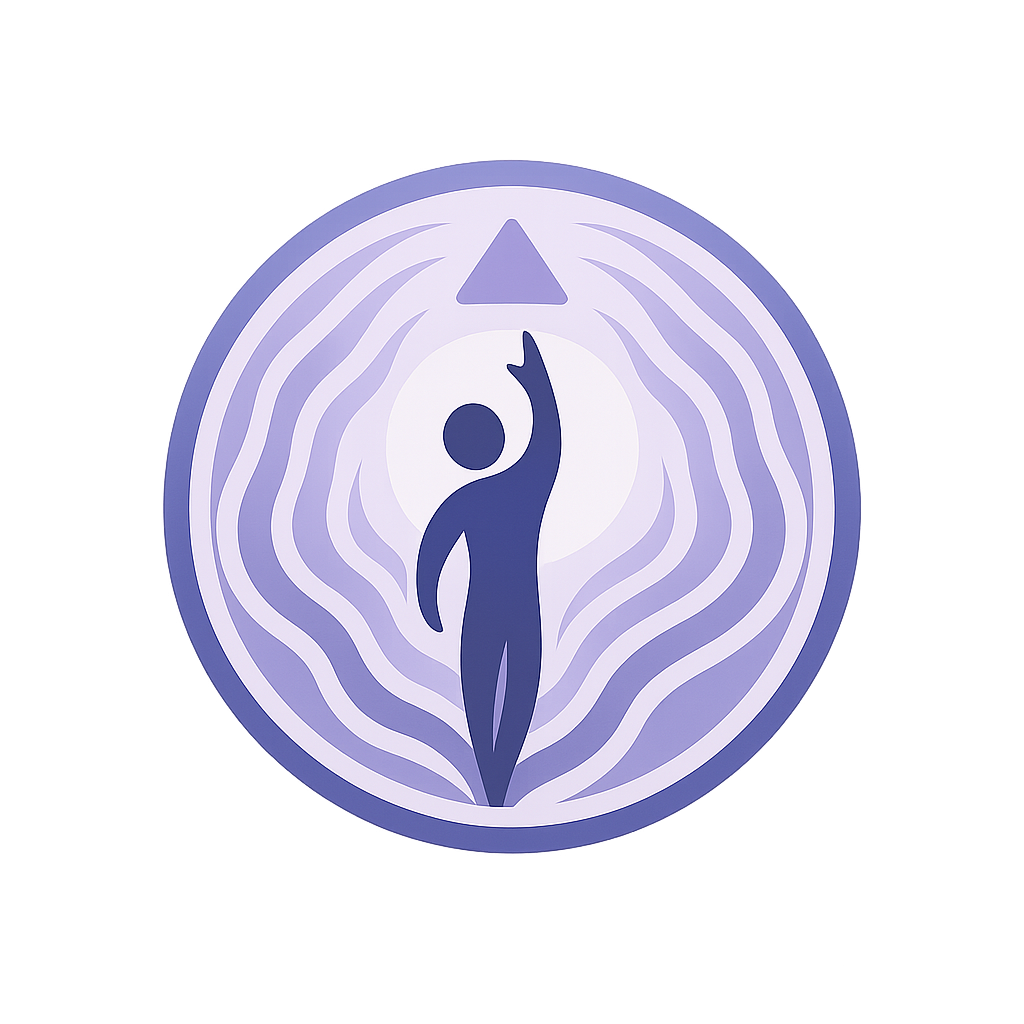
Near-death experiences (NDEs) inspire wonder, debate, and many questions. I’ve read stories where people report floating above their bodies or even meeting long-lost relatives. Some folks see bright lights or feel overwhelming peace, and many say these experiences changed them for good. But when it comes to explaining what’s really going on, the conversation often splits: is this a medical mystery, or is there something deeper at play?
From my own reading and chats with experts, I’ve seen both sides. Some scientists dig into the biology behind NDEs, while spiritual thinkers see them as windows into the soul or even proof of an afterlife. If you’re curious about how science stacks up against spiritual beliefs when it comes to NDEs, I’ll walk you through both perspectives and share what’s worth thinking about.
What Are Near-Death Experiences (NDEs)?
NDEs are moments where people come extremely close to dying or are temporarily dead. For example, they have a heart attack, severe trauma, or surgery, and then report a vivid experience when they come back. Some common themes often come up:
- Feeling detached from the body
- Seeing a tunnel or bright light
- Meeting deceased loved ones or spiritual beings
- Having a life review
- Sensing peace, warmth, or even a choice to come back
Not everyone describes their NDEs in the same way, and cultural or religious backgrounds can shape the details. The big question is, what causes these interesting experiences?
Scientific Explanations for NDEs: Brains Under Stress
From a medical perspective, the brain goes through a lot when it’s deprived of oxygen or hit with severe trauma. Scientists say NDEs might come from the brain struggling to stay alive or shutting down gradually. Research points to factors like
- Lack of oxygen (hypoxia): When the brain doesn’t get enough oxygen, people can feel euphoria, see bright lights, and have out-of-body sensations.
- Seizure activity: Temporal lobe seizures can trigger intense spiritual feelings and hallucinations, which resemble NDE reports.
- Neurochemical surges: Chemicals such as endorphins, serotonin, and DMT might flood the brain during stress, creating vivid visions and peaceful feelings.
Doctors sometimes compare NDEs to states like dreaming or experiences caused by certain drugs. Studies show that stimulating specific brain regions, like the temporoparietal junction, can cause out-of-body experiences even without life-threatening events (Scientific American). These connections suggest NDEs might have medical roots, but we still have a lot to learn about consciousness, especially in these extreme situations.
Are NDEs Medically Explainable?
Many doctors believe most NDE experiences can be traced to what’s happening physically in the brain. However, not everyone who is clinically dead has an NDE, and sometimes people remember things that happened when their brain activity should have been almost zero. There are studies of people accurately recalling events or conversations that took place while they were “out,” but there’s not enough solid evidence to claim this proves awareness without brain function. The debate continues at the National Library of Medicine.
Spiritual Perspectives on NDEs: Souls, Afterlife, and Deeper Meaning
Many people believe NDEs show more than just brain chemistry. Spiritual perspectives see these experiences as signs of the soul leaving the body or peeking into another dimension. Folks who’ve had NDEs often come back with stories about unconditional love, meeting spiritual beings, seeing God or Jesus, or seeing an afterlife. These experiences sometimes switch up people’s beliefs, making them less afraid of death or more open to spiritual ideas.
Different spiritual traditions explain NDEs with their own interpretations:
- Christianity: Some see NDEs as evidence of heaven or contact with angels.
- Buddhism: NDEs might reflect the mind’s ride through in-between states (bardos) after death.
- New Age beliefs: NDEs are often seen as tapping into universal consciousness or proof of reincarnation and soul adventures.
Personal Transformation
After an NDE, people often talk about big personal changes. They feel more compassionate, care less about material things, and become more spiritual. For spiritual folks, this feels like an awakening or a “second chance” at life. These stories make some believe NDEs are more than brain glitches.
Can Science and Spirituality Go Hand in Hand?
It seems lots of people want to bridge the gap instead of picking sides. Some researchers and philosophers say science and spirituality can both add something valuable. Science might explain the “how,” while spirituality looks at the “why.”
- Parallels in language: NDE survivors and scientists often use similar words, such as “light,” “peace,” or “oneness,” even if they’re talking about different things.
- Consciousness research: New studies in neurotheology and consciousness research explore where science and spiritual experience overlap.
- Personal meaning: You don’t have to see NDEs as proof of the afterlife or just brain chemistry. Some folks just accept NDEs as powerful, life-changing events.
It’s good to remember that science doesn’t actually disprove spirituality. Science is about patterns and explanations we can test, but it doesn’t close the door on things that are hard to measure. The more we learn about NDEs, the more we realize consciousness stays mysterious. Both science and spirituality seem to agree on that much.
Comparing Scientific Findings and Spiritual Beliefs: Explanations for NDE phenomena
Science looks at brain function, chemistry, and psychology. Spirituality focuses on the soul, afterlife, or guidance from beyond.
Often, both views use different language for experiences that sound similar, which makes comparisons tricky.
- Impact on Personal Beliefs
Science: Suggests NDEs show what the brain does under extreme pressure.
Spirituality: NDEs can shake up someone’s worldview and relationship to life and death. - Evidence of an Afterlife?
Science: Up to now, there’s no testable evidence that NDEs prove life after death, but researchers keep exploring.
Spirituality: Many see NDEs as personal proof of something beyond this life, whether or not it’s measurable.
There are experiences from both worlds:
- Scientific cases: Documented NDE reports where brain function gets monitored, with detailed interviews and published case studies.
- Spiritual stories: Books, films, and testimonials often highlight the unexplainable aspects and how people’s lives changed after NDEs.
Lots of folks find themselves interested in both science and spirituality, grateful for the peace or sense of meaning NDEs bring.
My Final Thoughts:
Whether you lean scientific, spiritual, or somewhere in between, near-death experiences are a fascinating part of what it means to be human. Science continues to chase down the “how,” while spirituality looks for deeper meaning. Both perspectives help us look at NDEs from multiple viewpoints, and plenty of questions remain. For some, the scientific explanations feel right. For others, the mystery itself holds comfort. Either way, NDEs push us to reflect on consciousness, what happens at life’s edge, and why these experiences matter so much to us all.
